Key Takeaways
- Trapping is a great, humane option for smaller infestations and allows direct control over gopher removal.
- Poison baits work fast for larger infestations but require caution around pets and wildlife.
- Fumigation can be highly effective for large gopher populations but isn’t foolproof.
- Natural repellents provide an eco-friendly option for deterring new gophers from entering your property.
- Physical barriers like hardware cloth can prevent future infestations and are a great long-term solution.
 Pocket Gophers -you have seen this pesky dirt mound again in your lawn. And face it: Pocket gophers can cause a serious headache when they invade your yard. Their endless digging, concealment of roots, and constant tunnels are not only disappointing – they can ruin your garden and lawn. But don’t worry, getting rid of them doesn’t have to be as complicated as it seems.
In this guide, I will discuss the best ways to get rid of pocket gophers and prevent them from coming back. If you want to handle this issue yourself or want professional help, I have covered you. Let’s jump right in, we will do it?
Pocket Gophers -you have seen this pesky dirt mound again in your lawn. And face it: Pocket gophers can cause a serious headache when they invade your yard. Their endless digging, concealment of roots, and constant tunnels are not only disappointing – they can ruin your garden and lawn. But don’t worry, getting rid of them doesn’t have to be as complicated as it seems.
In this guide, I will discuss the best ways to get rid of pocket gophers and prevent them from coming back. If you want to handle this issue yourself or want professional help, I have covered you. Let’s jump right in, we will do it?


Not getting a solution?
Get your free pest control estimate today!What Are Pocket Gophers, Anyway?
Pocket gophers are those burrowing rodents that cause trouble below ground. If you’ve seen those little crescent-shaped mounds of dirt, you’ve got gophers to blame. They spend most of their lives underground, creating extensive tunnel systems that wreak havoc on your lawn and garden. These rodents aren’t just digging for fun—they’re searching for food. Gophers love to munch on plant roots, often leading to dead grass patches and dying plants. And let’s be honest—who wants that in their yard? Goffeers are primarily found in the western United States but can also appear elsewhere. When they talk about food, they do not pipe—at any root, they can get their teeth. If uncontrolled, they only dig, multiply, and feed their yard during this process.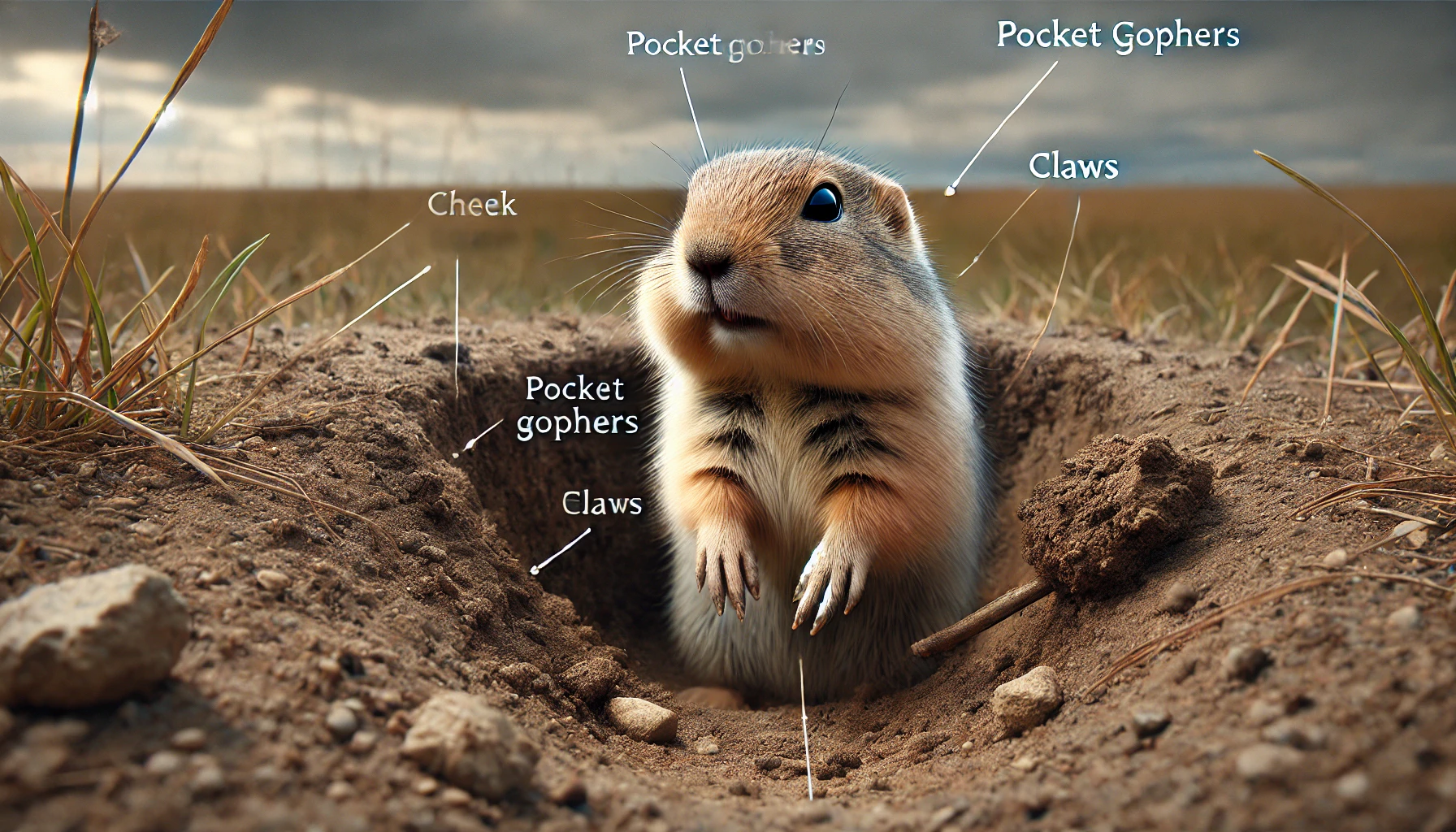
So, how do you know that this is a gopher that causes all damage?
Well, gophers leave behind specific signals. You will notice that their mounds are usually semicircular and are often found in groups. If you are working with a gopher, the mounds will possibly be larger and more organized than those left by moles or volts. In addition, gophers do not form surface tunnels – their activity is underground.How to Get Rid of Pocket Gophers
You wonder, “How can I deal with this problem without converting my yard into a warzone?” Okay, you have come to the right place. Here are the most effective ways to get rid of pocket gophers and keep them away for good.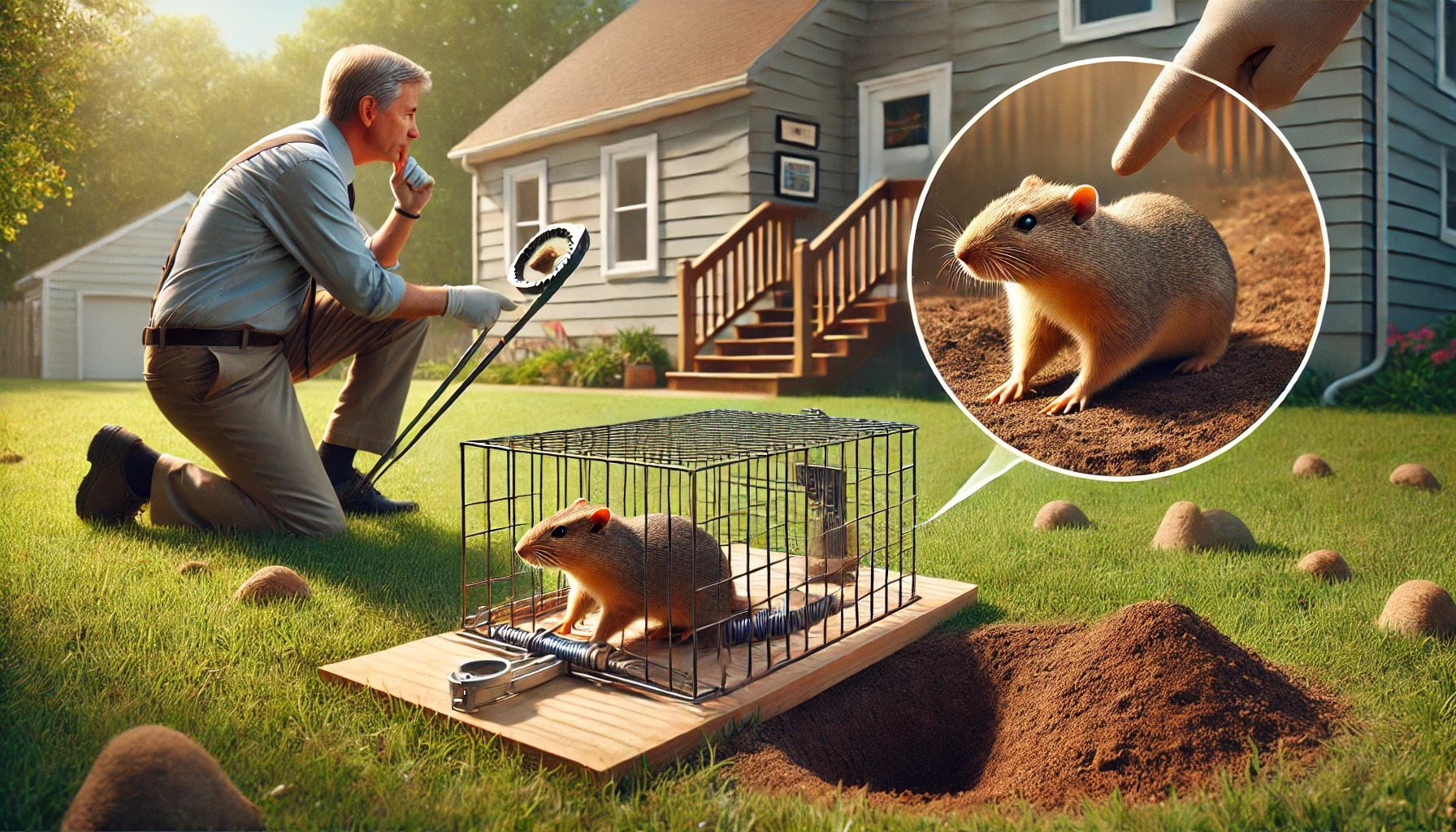
1. Trapping Gophers: The Humane Approach
Trapping is a top notch method for dealing with only a few gofhers. It is a straight, effective, and humane option for getting rid of these underground invaders. Now comes the best part? It is not necessary to deal with these pests with chemicals or poison. What You’ll Need:- Gopher traps (e.g., Macabee or Cinch traps)
- A shovel or trowel
- Gloves to avoid leaving your scent on the traps
How to Trap a Gopher
-
Find the Active Tunnel: Identify fresh gopher mounds, then use a probe to locate the main tunnel. The tunnel is usually 6-8 inches underground.
-
Set the Trap: Place two traps facing opposite directions inside the tunnel to ensure you catch the gopher no matter which way it’s traveling.
-
Cover the Tunnel: Gophers are light-sensitive, so cover the hole with cardboard or plywood to block light and encourage the gopher to enter the trap.
-
Check the Traps Daily: Inspect the traps daily. If no gopher is caught after a few days, move the traps to a new spot.
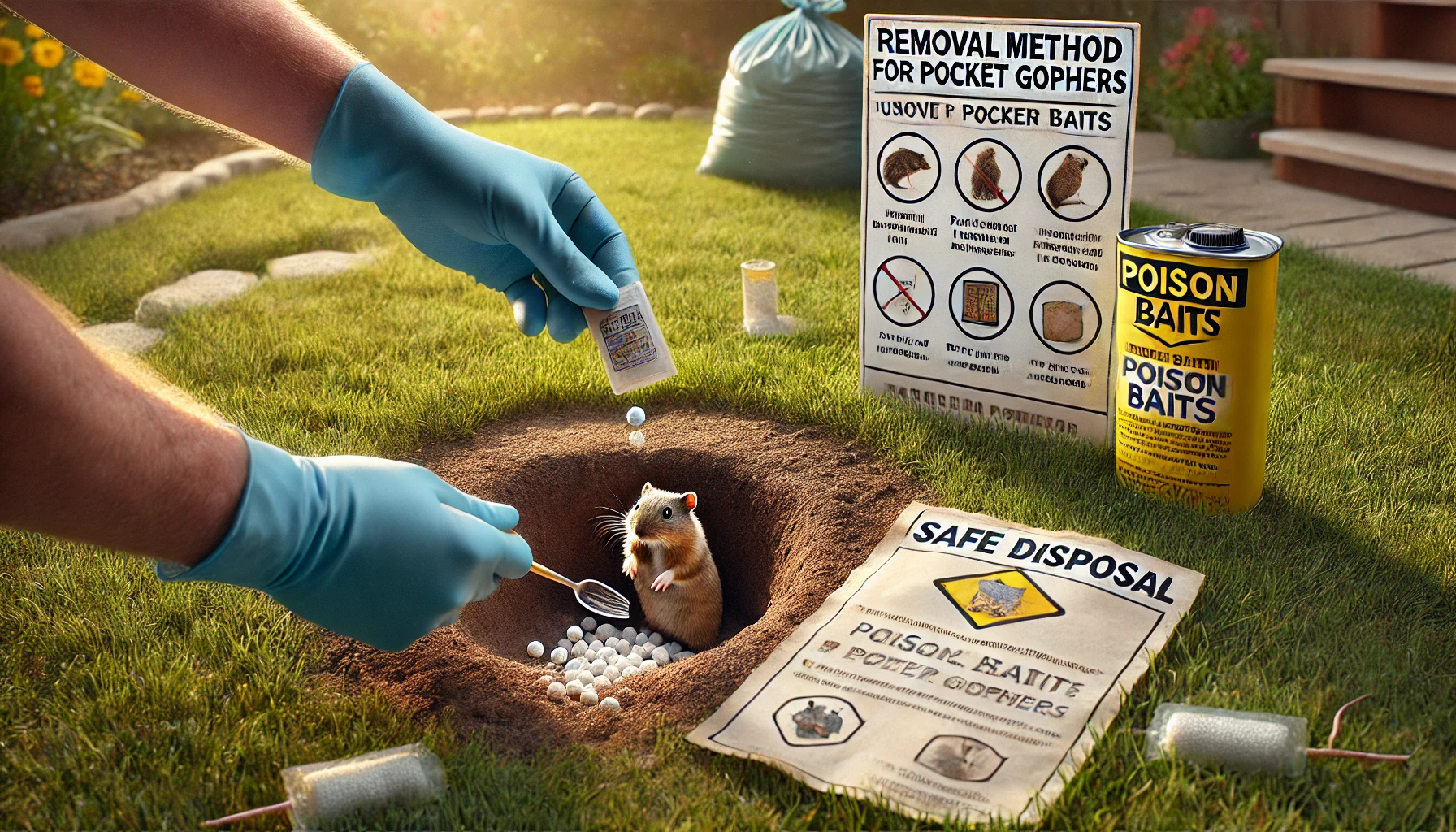
2. Poison Baits: A Quick Fix for Larger Infestations
Okay, maybe you’ve got a bigger gopher problem—your yard is full of mounds, and the traps aren’t cutting it. That’s where poison baits come into play. These baits are highly effective at eliminating gophers, especially in larger infestations. What You’ll Need:- Gopher bait (strychnine or zinc phosphide)
- Bait applicator or small spoon
- Gloves to avoid direct contact with the poison
How to Use Poison Baits
-
Locate the Active Tunnel: Just like with trapping, find the main tunnel by probing the fresh gopher mound to access the tunnel system.
-
Insert the Poison: Drop poisoned grain bait into the tunnel using a bait applicator or small spoon. Place it deep enough for the gopher to encounter while traveling.
-
Cover the Hole: After placing the bait, cover the hole with dirt to block out light and ensure the gopher doesn’t detect danger.
-
Monitor for New Activity: Keep an eye on the mounds. If new ones appear, the bait may not have worked, and you’ll need to try again.
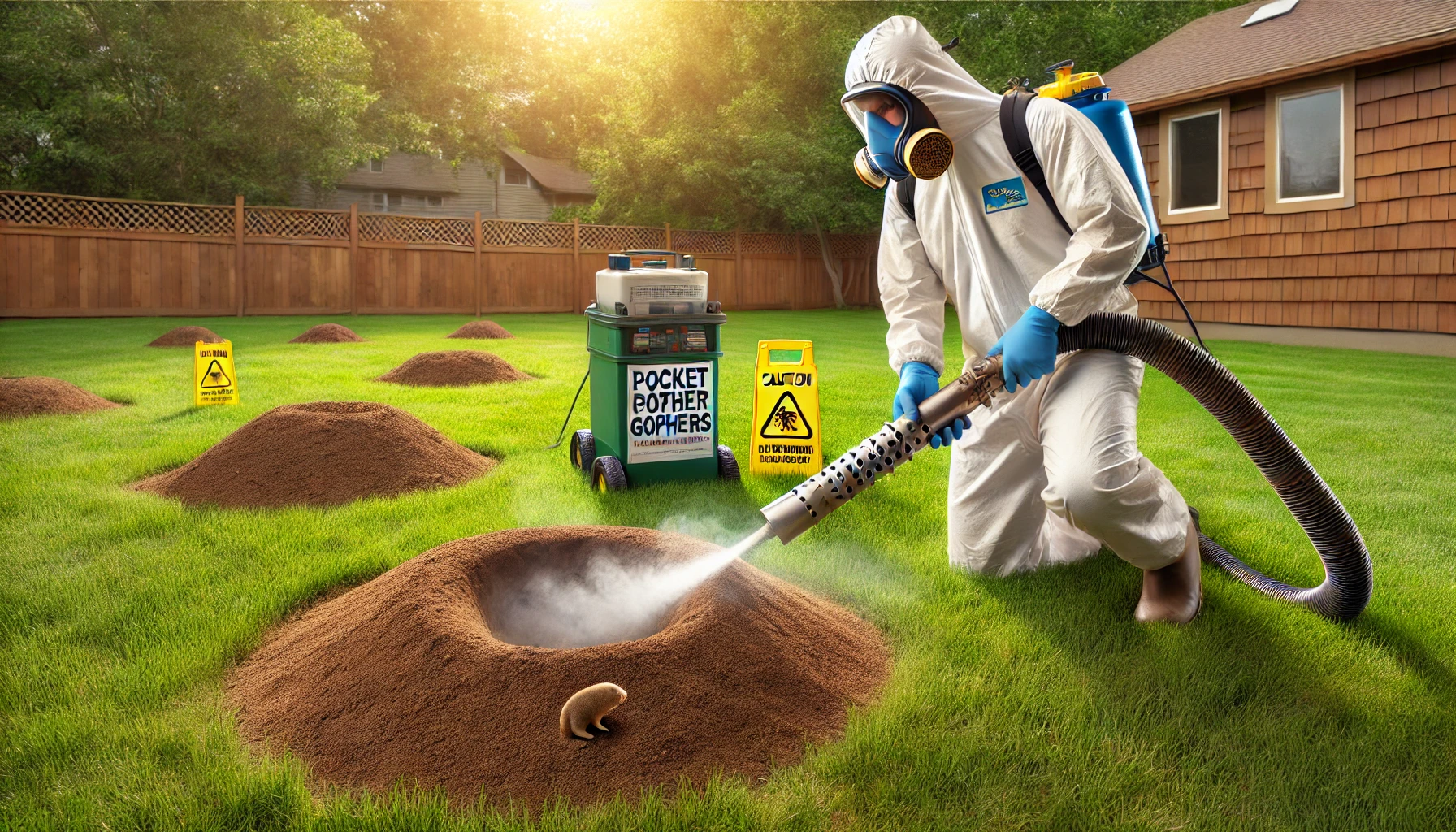
3. Fumigation: When You Need to Go Big
Let’s be real, sometimes traps and poison do not just cut it. If you have a huge gopher problem, Dhuman may be your best condition. This method includes using gas to fill gopher bors and suffocate rodents. What You’ll Need:- Fumigation cartridges (gas bombs)
- Matches or a lighter
- Shovel to access the tunnels
How to Fumigate
-
Locate the Active Tunnel: Find the main tunnel by probing the mound and open it slightly to insert the fumigation cartridge.
-
Insert the Fumigation Cartridge: Light the cartridge and drop it quickly into the tunnel. Cover the hole to seal the gas inside.
-
Wait for the Gas to Work: Let the fumigation process work for 15–30 minutes. The gas will fill the tunnel and kill the gophers inside.
-
Check for Dead Gophers: After fumigation, check the area for dead gophers. If you don’t find any, repeat the process to ensure success.
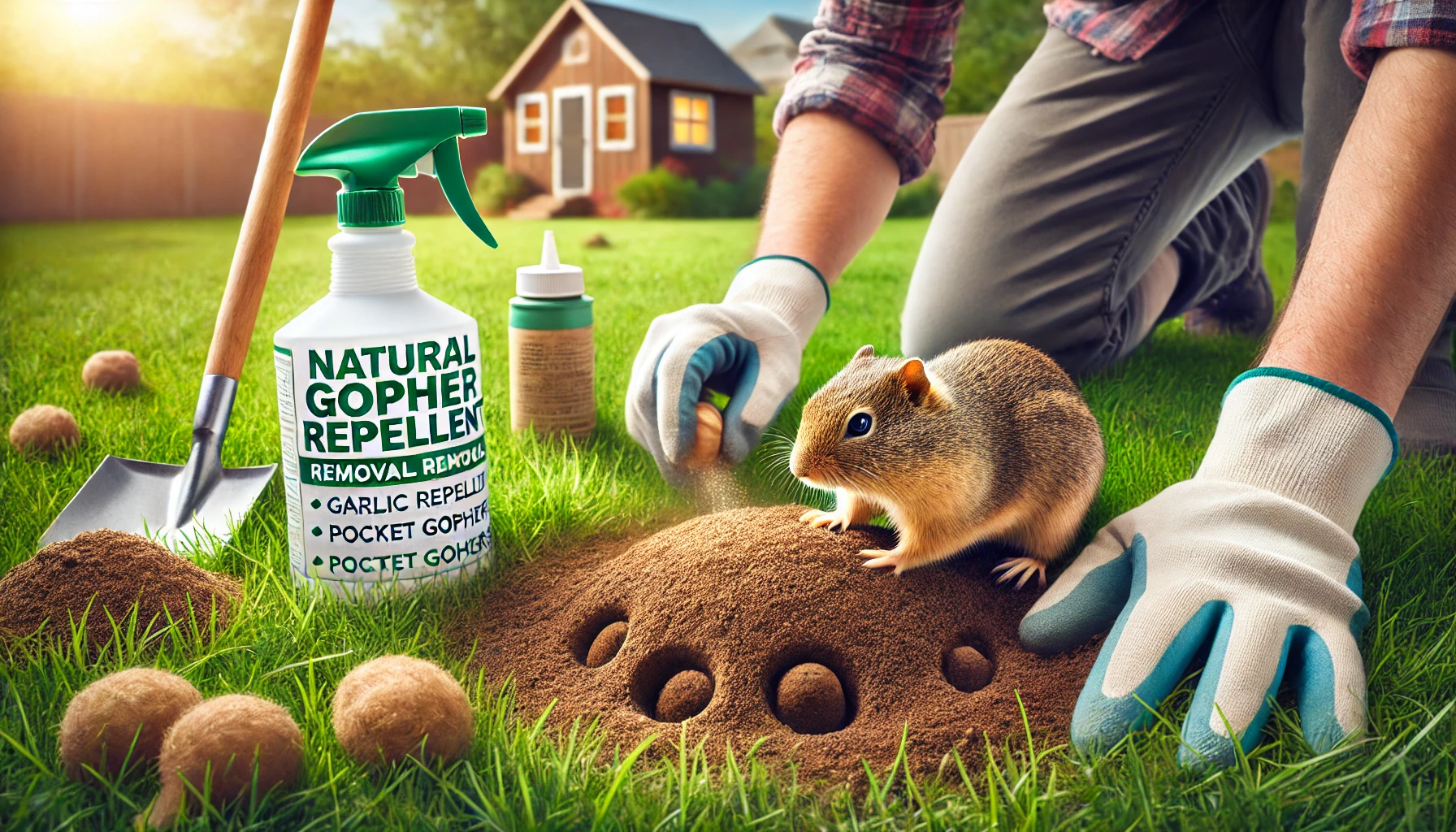
4. Natural Repellents: The Eco-Friendly Option
Let’s face the issue—sometimes you don’t want to deal with chemicals or traps. If you want to prefer a more natural approach, repellents can be your best friend. While they may not remove existing gophers, they can try to help keep new ones from entering into your property. What You’ll Need:- Castor oil or peppermint oil
- Water
- Hose-end sprayer
How to Use Natural Repellents
-
Prepare the Repellent: Mix 1 tablespoon of castor oil with 1 gallon of water. Alternatively, use peppermint oil for a similar repelling effect.
-
Apply the Repellent: Use a hose-end sprayer to apply the mixture directly to active gopher areas, ensuring the mounds and burrows are soaked thoroughly.
-
Reapply as Needed: Natural repellents wash away over time, so reapply every few weeks or after rainfall to maintain effectiveness.
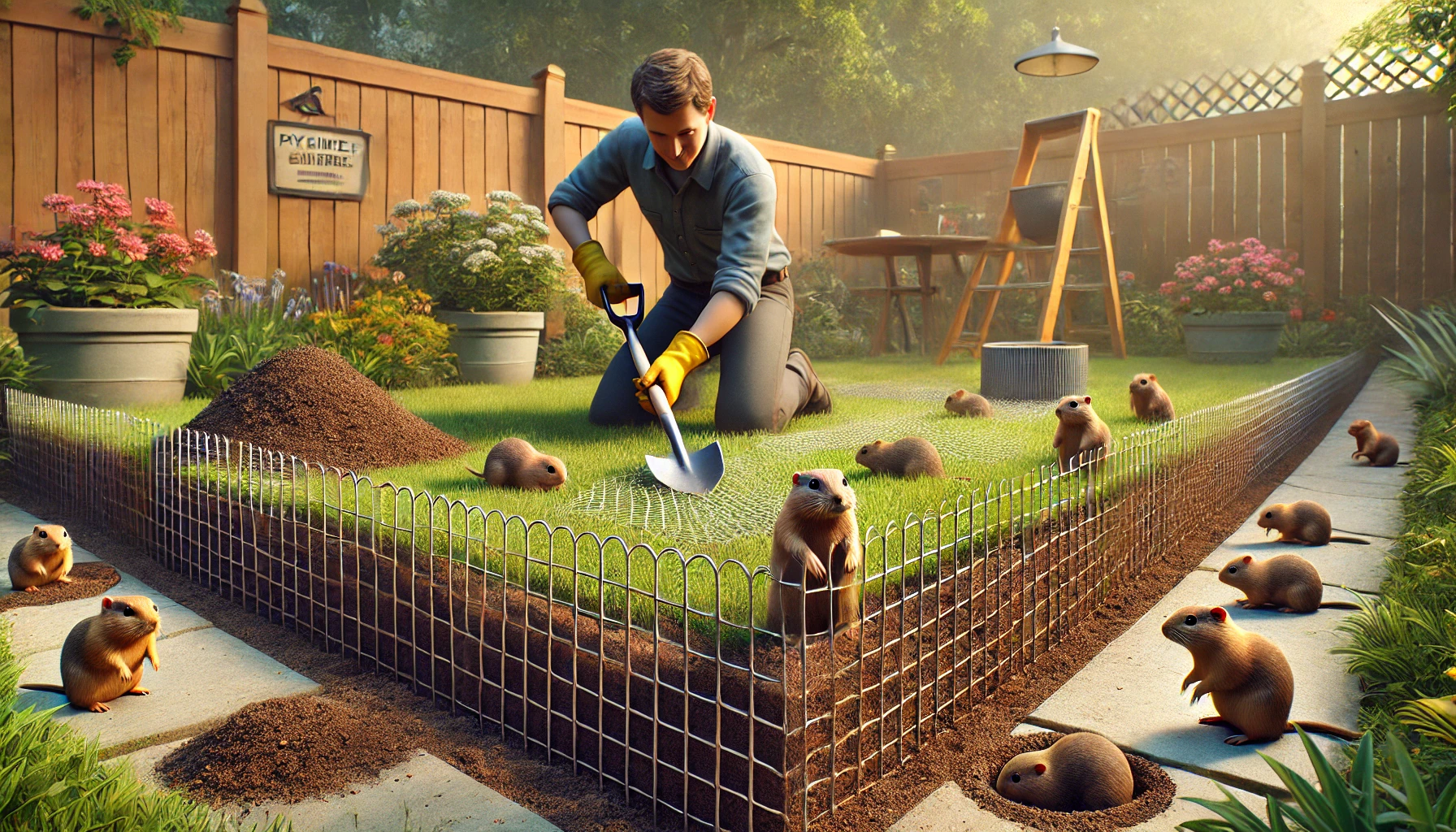
5. Physical Barriers: Keep Them Out for Good
You’ve dealt with the gophers, but now you’re wondering, “How do I stop them from coming back?” That’s where physical barriers come in. By installing gopher-proof fences, you can prevent future invasions. What You’ll Need:- Hardware cloth or gopher wire
- Shovel or trenching tool
- Staples or wire cutters
How to Install Barriers
-
Dig a Trench: Dig a trench around your garden or lawn, about 1-2 feet deep, to prepare for the barrier installation.
-
Install the Barrier: Line the trench with hardware cloth or gopher wire. Ensure the mesh holes are small enough to prevent gophers from squeezing through.
-
Bury the Barrier: Fill the trench back in with soil after securing the mesh. The barrier should extend slightly above the ground to stop gophers from climbing over it.
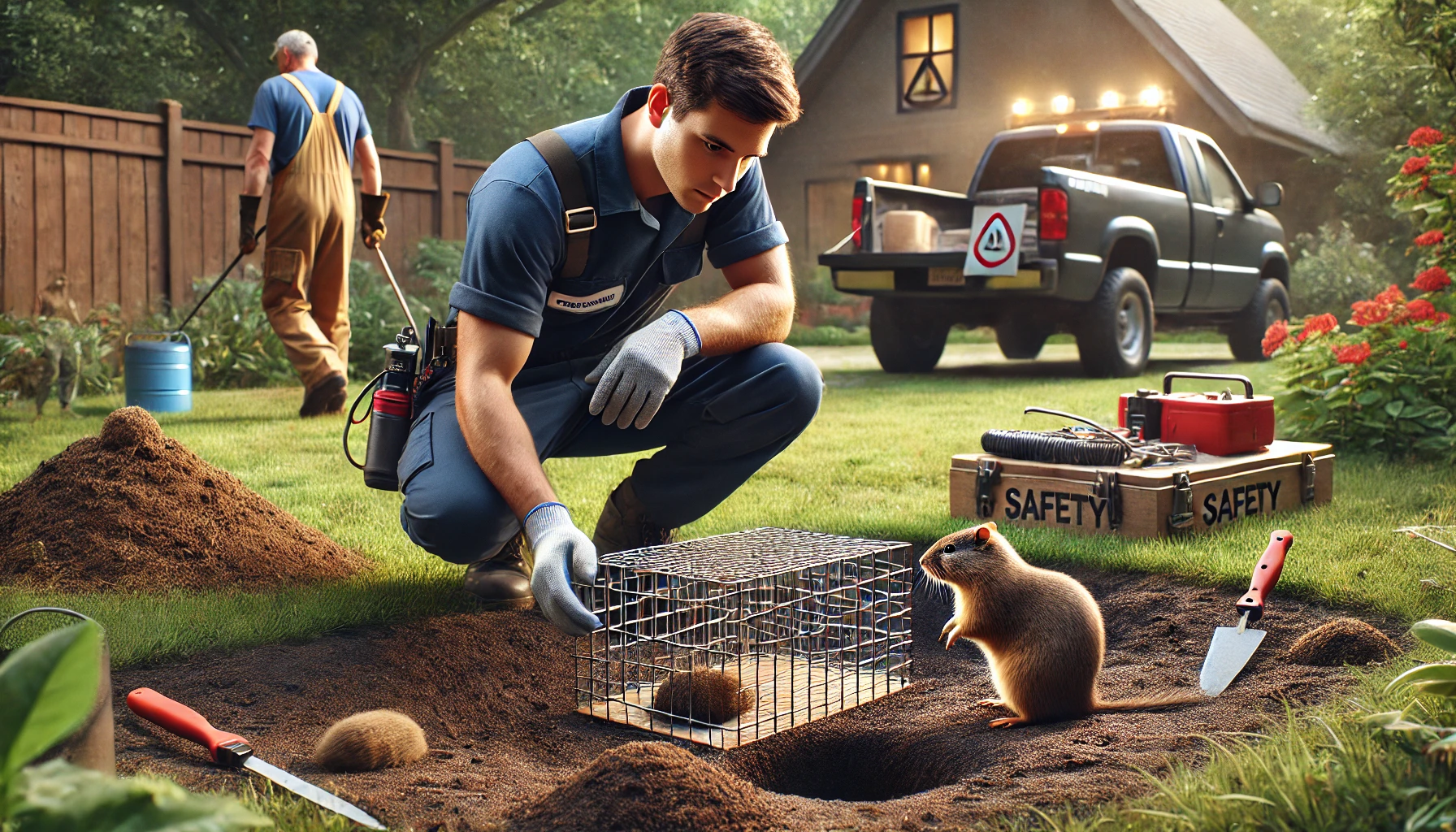 If you feel things have gone out of control, it is advised to contact pest control professionals. Our team can provide a customised approach to protect your home effectively.
If you feel things have gone out of control, it is advised to contact pest control professionals. Our team can provide a customised approach to protect your home effectively.
Visit our Species, Control, and DIY Guide sections for additional resources on pocket gophers and ways to tackle a pocket gopher infestation.





